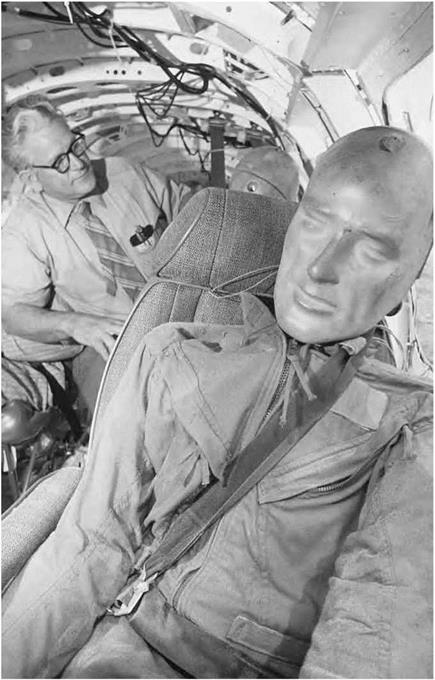The Future of ATC
Fifty years of working to improve the Nation’s airways and the equipment and procedures needed to manage the system have laid the foundation for NASA to help lead the most significant transformation of the National Airspace System in the history of flight. No corner of the air traffic control operation will be left untouched. From airport to airport, every phase of a typical flight will be addressed, and new technology and solutions will be sought to raise capacity in the system, lower operating costs, increase safety, and enhance the security of an air transportation system that is so vital to our economy.
This program originated from the 2002 Commission on the Future of Aerospace in the United States, which recommended an overhaul of the air transportation system as a national priority—mostly from the concern that air traffic is predicted to double, at least, during the next 20 years. Congress followed up with some money, and President George W. Bush signed into law a plan to create a Next Generation Air Transportation System (NextGen). To manage the effort, a Joint Planning and Development Office (JPDO) was created, with NASA, the FAA, the DOD, and other key aviation organizations as members.[281]
NASA then organized itself to manage its NextGen efforts through the Airspace Systems Program. Within the program, NASA’s efforts are further divided into projects that are in support of either NextGen Airspace or NextGen Airportal. The airspace project is responsible for dealing with air traffic control issues such as increasing capacity, determining how much more automation can be introduced, scheduling, spacing of aircraft, and rolling out a GPS-based navigation system that will change the way we perceive flying. Naturally, the airportal project is examining ways to improve terminal operations in and around the airplanes, including the possibility of building new airports.[282]
Already, several technologies are being deployed as part of NextGen. One is called the Wide Area Augmentation System, another the Automatic Dependent Surveillance-Broadcast-B (ADS-B). Both have to do with deploying a satellite-based GPS tracking system that would end reliance on radars as the primary means of tracking an aircraft’s approach.[283]
WAAS is designed to enhance the GPS signal from Earth orbit and make it more accurate for use in civilian aviation by correcting for the errors that are introduced in the GPS signal by the planet’s ionosphere.[284] Meanwhile, ADS-B, which is deployed at several locations around the U. S., combines information with a GPS signal and drives a cockpit display that tells the pilots precisely where they are and where other aircraft are in their area, but only if those other aircraft are similarly equipped with the ADS-B hardware. By combining ADS-B, GPS, and WAAS signals, a pilot can navigate to an airport even in low visibility.[285] NASA was a member of the Government and industry team led by the FAA that conducted an ADS-B field test several years ago with United Parcel Service at its hub in Louisville, KY. This work earned the team the 2007 Collier Trophy.
In these various ways, NASA has worked to increase the safety of the air traveler and to enhance the efficiency of the global air transportation
network. As winged flight enters its second century, it is a safe bet that the Agency’s work in coming years will be as comprehensive and influential as it has been in the past, thanks to the competency, dedication, and creativity of NASA people.
|
|
A Langley Research Center human factors research engineer inspects the interior of a light business aircraft after a simulated crash to assess the loads experienced during accidents and develop means of improving survivability. NASA.











